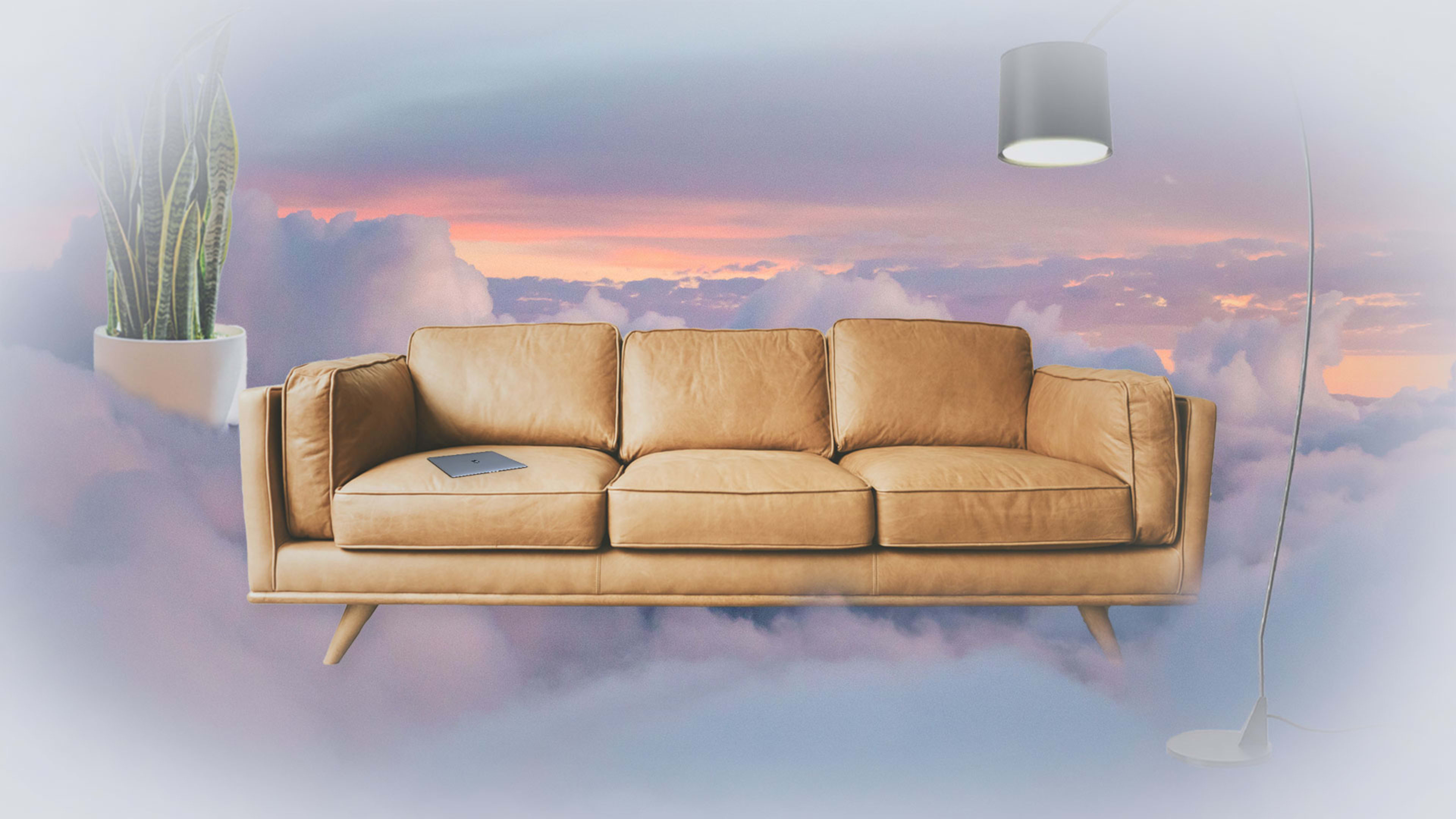Many managers want employees to return to the office. Many employees don’t want to go back. So if leaders are going to get their employees to return—and be happy about it—they need to make a strong case for the purpose of the office and the type of work that can best be done in person. They also need to rethink what the physical space looks like. After all, it’s easy to make a list of the problems: long commutes, lack of natural light, no privacy, and open-office layouts that make it hard to focus.
No one wants to return to the workplace of 2019. Our expectations about work have totally changed in the last two years—and offices should, too.
On the latest episode of The New Way We Work, I talk to Nena Martin, global technology leader and director of workplace for the design and architecture firm Gensler. She has extensive experience in commercial architectural interiors of all types, and she’s worked with clients such as Apple, Google, and Facebook to create new headquarters and corporate campuses.
Martin says that the first step for leaders who are looking to rethink the design of their offices is to ask employees what they want. “It’s really about assessing what the company’s culture needs, and then putting that to the design test.” She says they start by creating various spaces and a pilot in part of the office, where they put different types of furniture and solicit feedback from employees in different departments. “There’s a QR code, so you get real-time feedback on how [the space is] working [and can] see what’s going to work and what’s not going work,” Martin says.
Part of the reason why many people have enjoyed working from home is comfort. So in rethinking office design Martin points to a few universal elements, including warmer lighting (think: task lights at desks rather than bright overheads), a variety of soft seating, and “biophilic elements” like plants and access to natural light. “What we’re seeing is a desire to be in an environment that’s more like a hospitality setting or a hotel setting,” she says.
Overall, Martin contends that the office of the future will be much more democratic than the office we left in March 2020. Companies should rethink how space can be used. For example, at law firms Gensler is seeing a departure from the main partner monopolizing the corner office. “[Instead] we’re seeing them migrate to more of the middle of the space, and giving that corner to employees for a huddle room or a meeting room,” she says. “It becomes more democratic, and now they have excellent views and it’ll get utilized more often.”
Listen to the full episode for more on how small companies can rethink their office spaces on a budget, the uses (and limits) of tech in making remote employees feel included, and how offices can be better designed for people with disabilities.
You can listen and subscribe to The New Way We Work on Apple Podcasts, Google Podcasts, Stitcher, Spotify, RadioPublic, or wherever you get your podcasts.
Recognize your brand’s excellence by applying to this year’s Brands That Matter Awards before the early-rate deadline, May 3.
